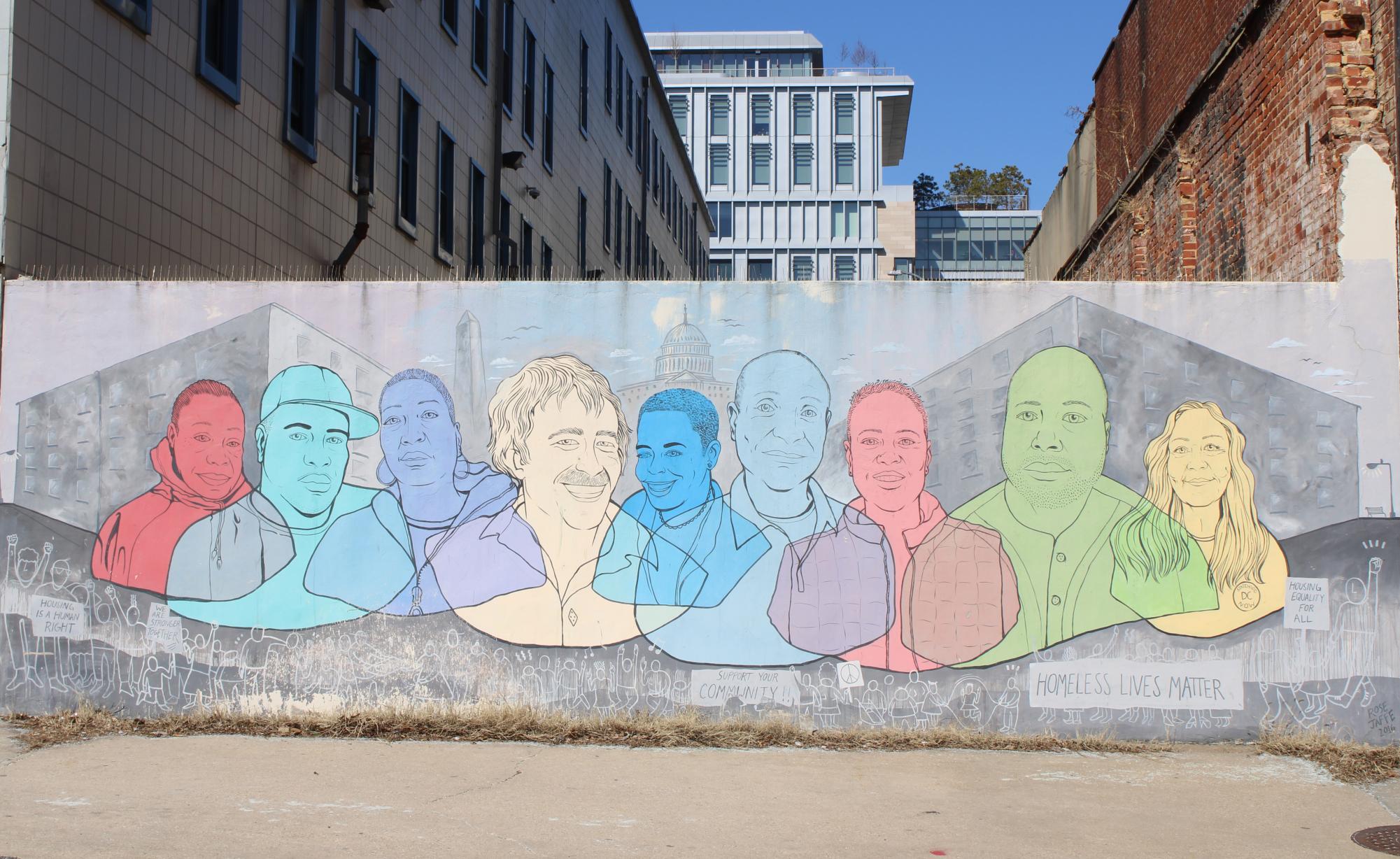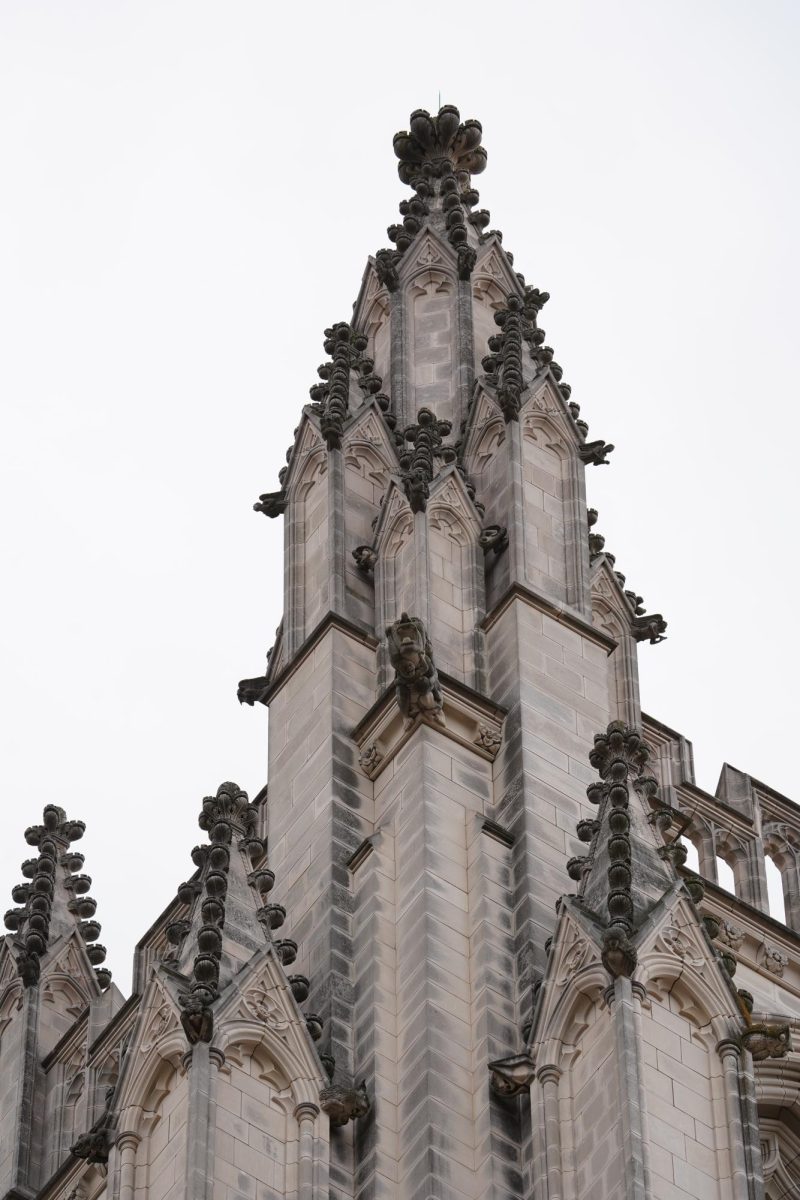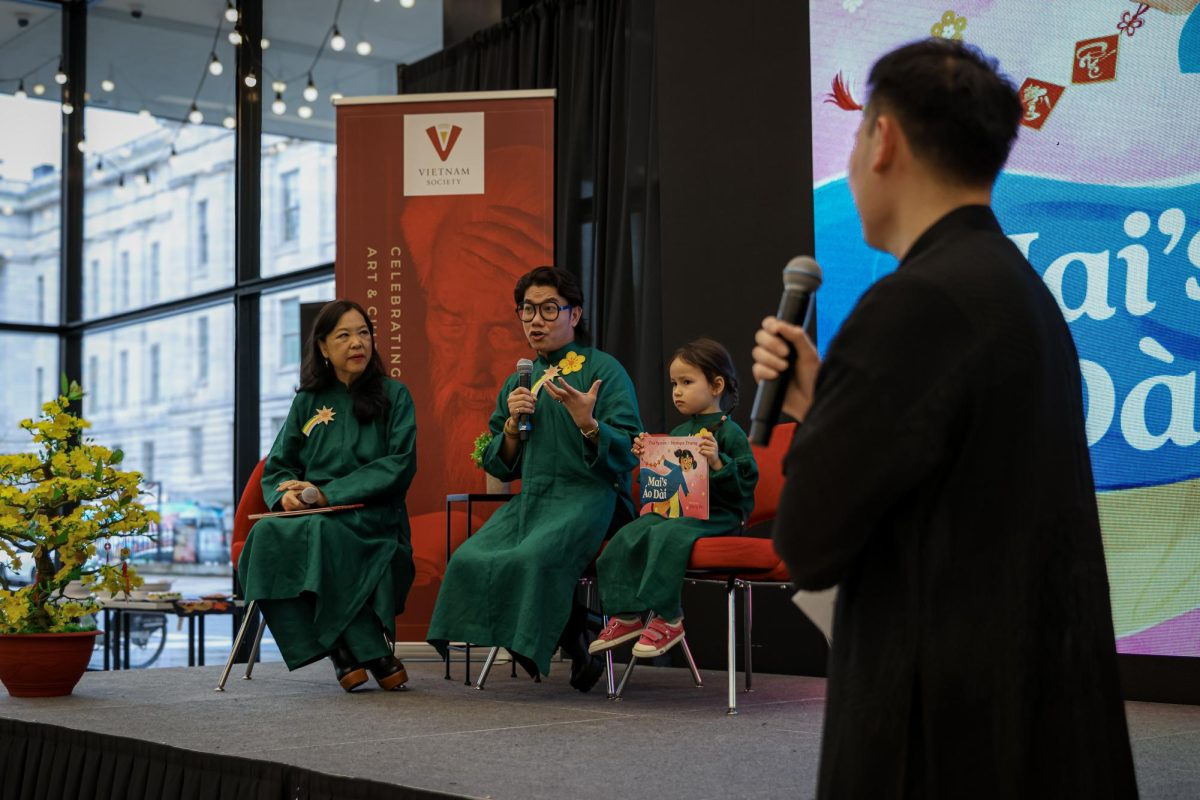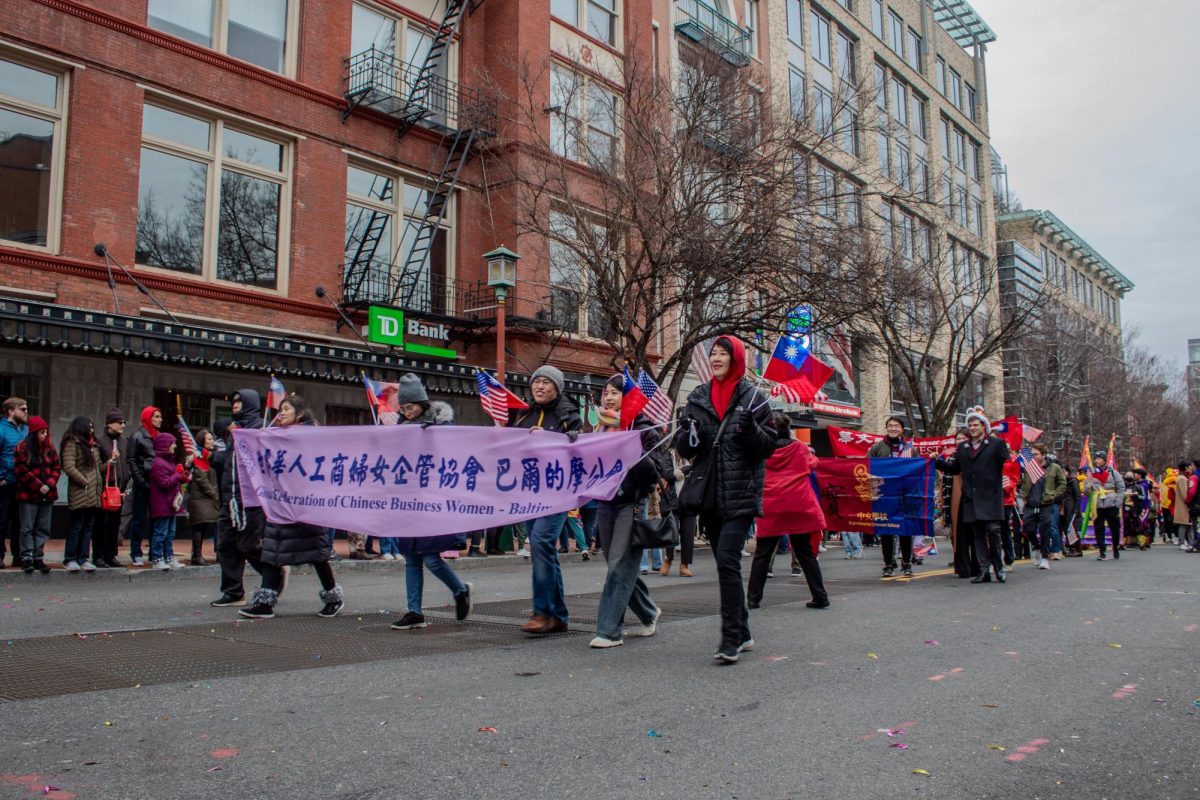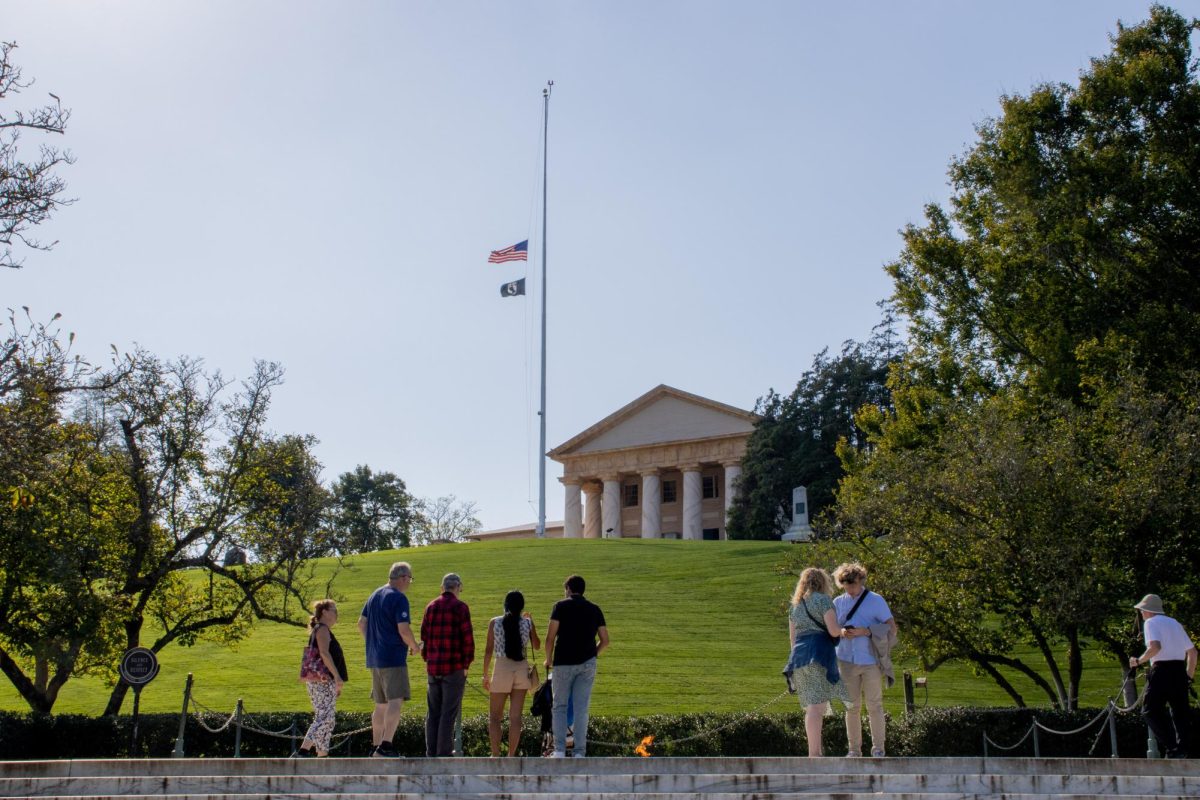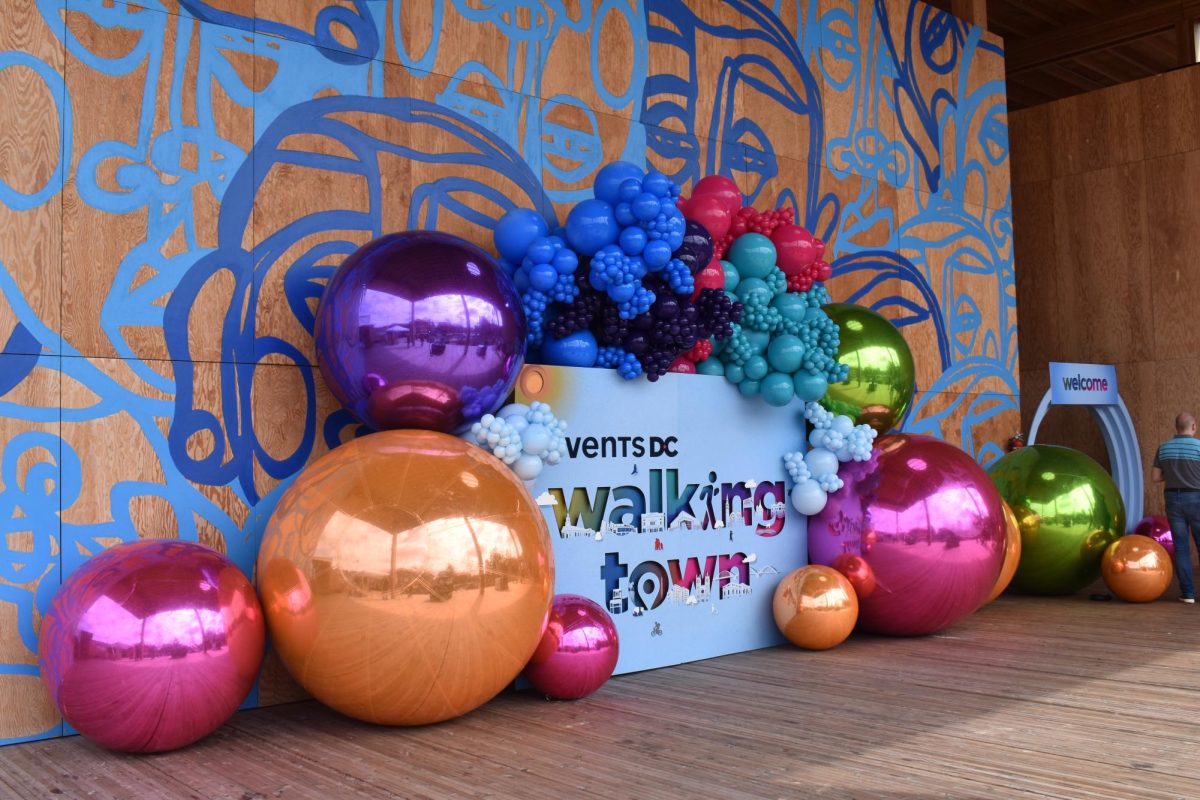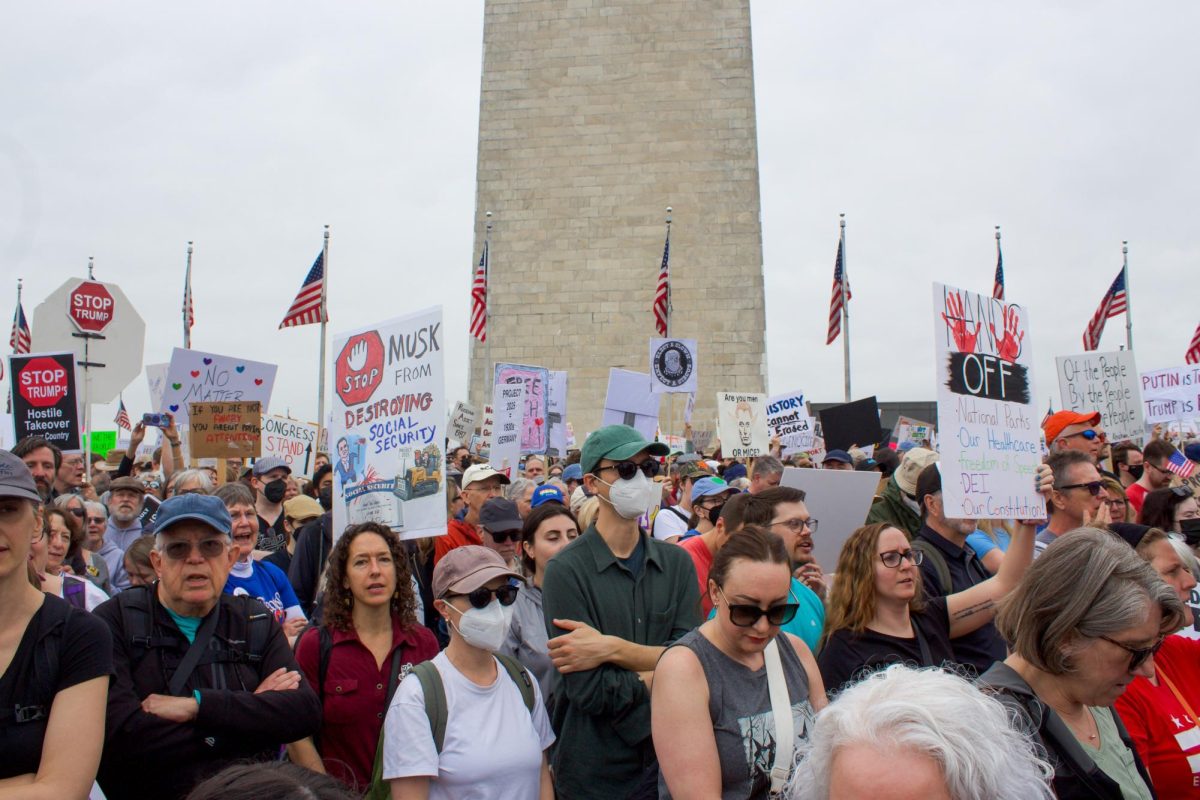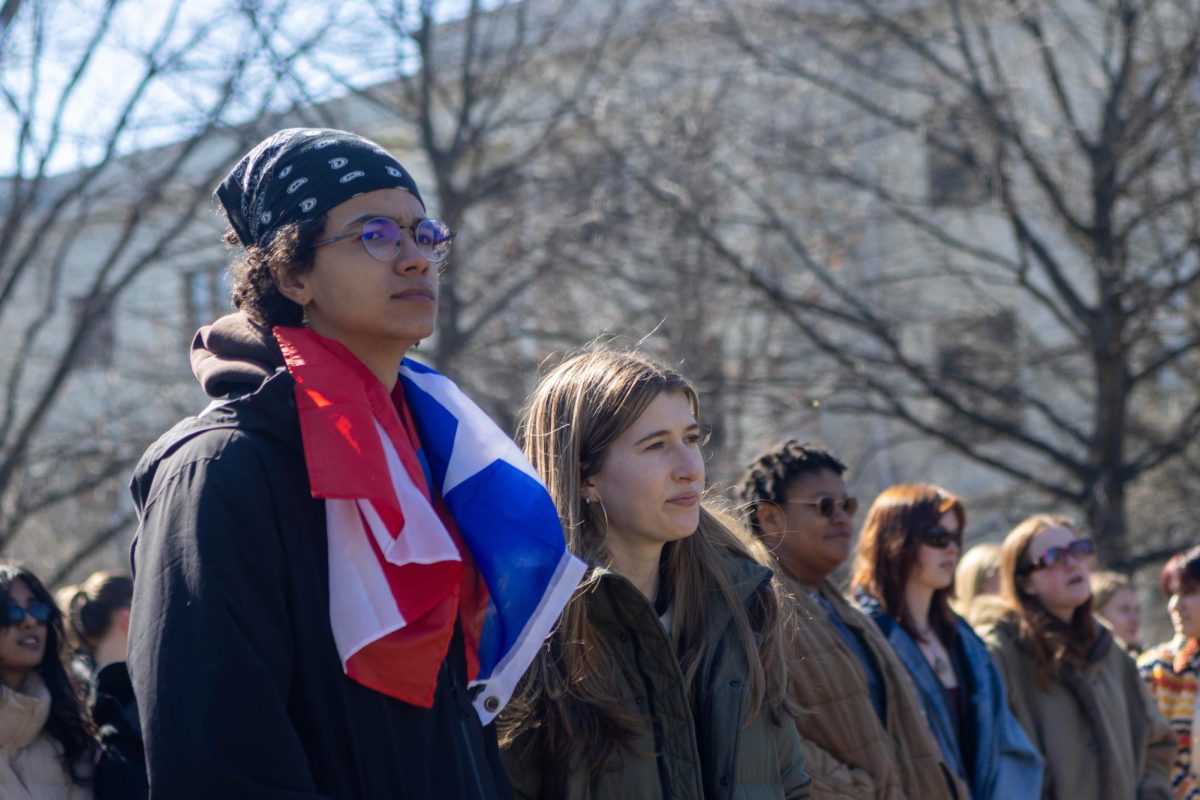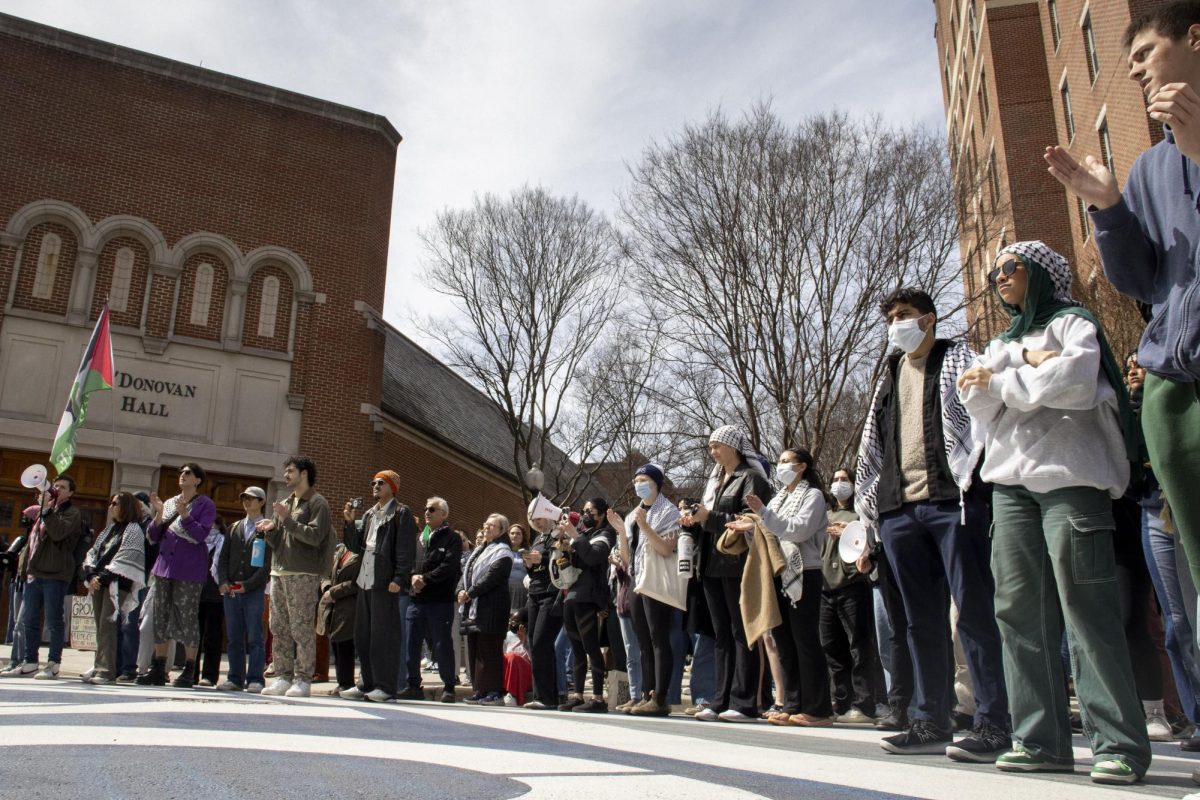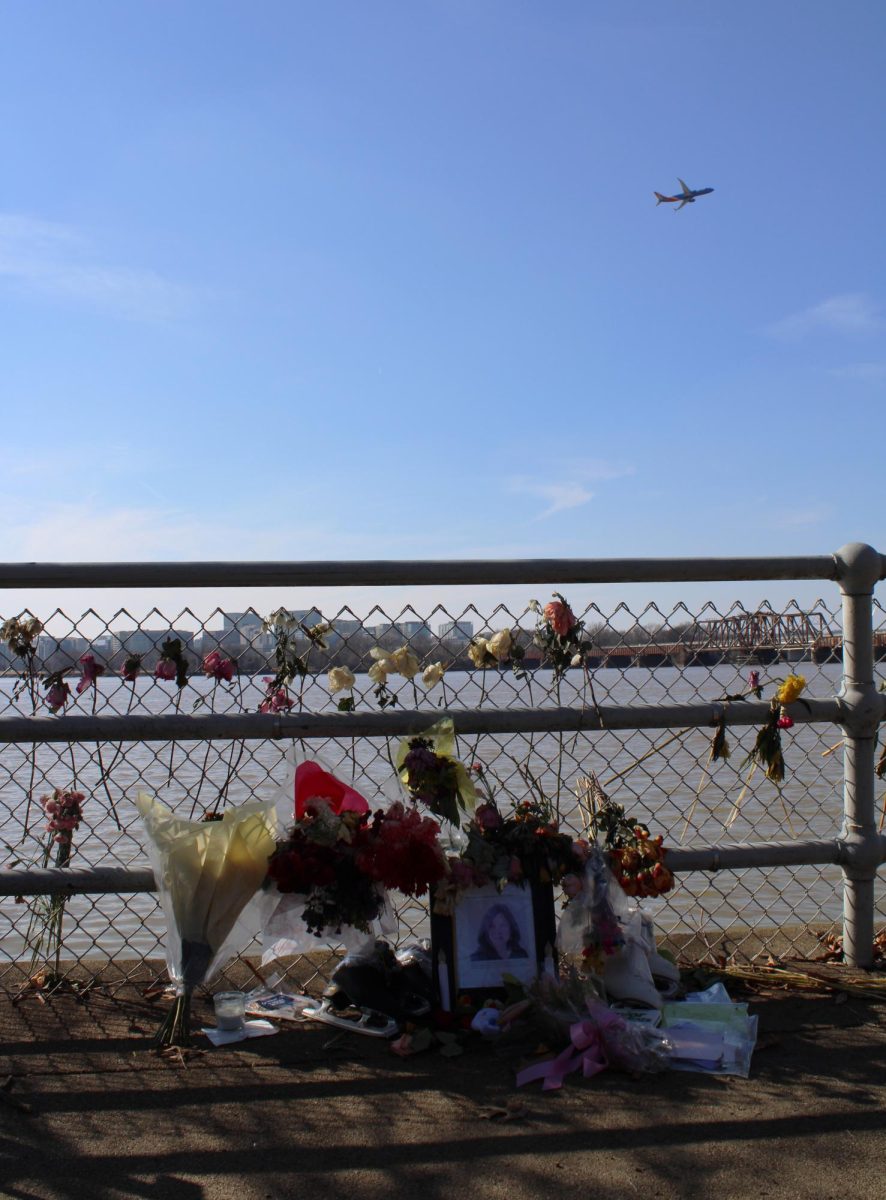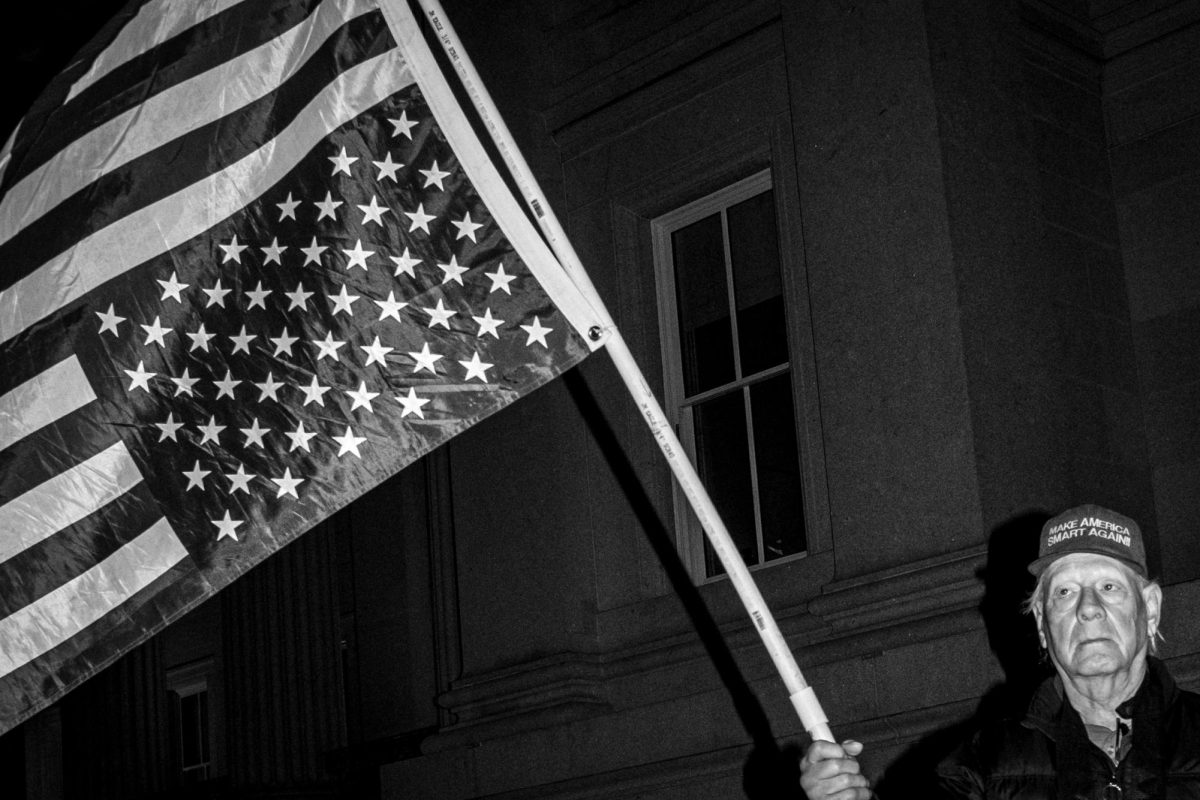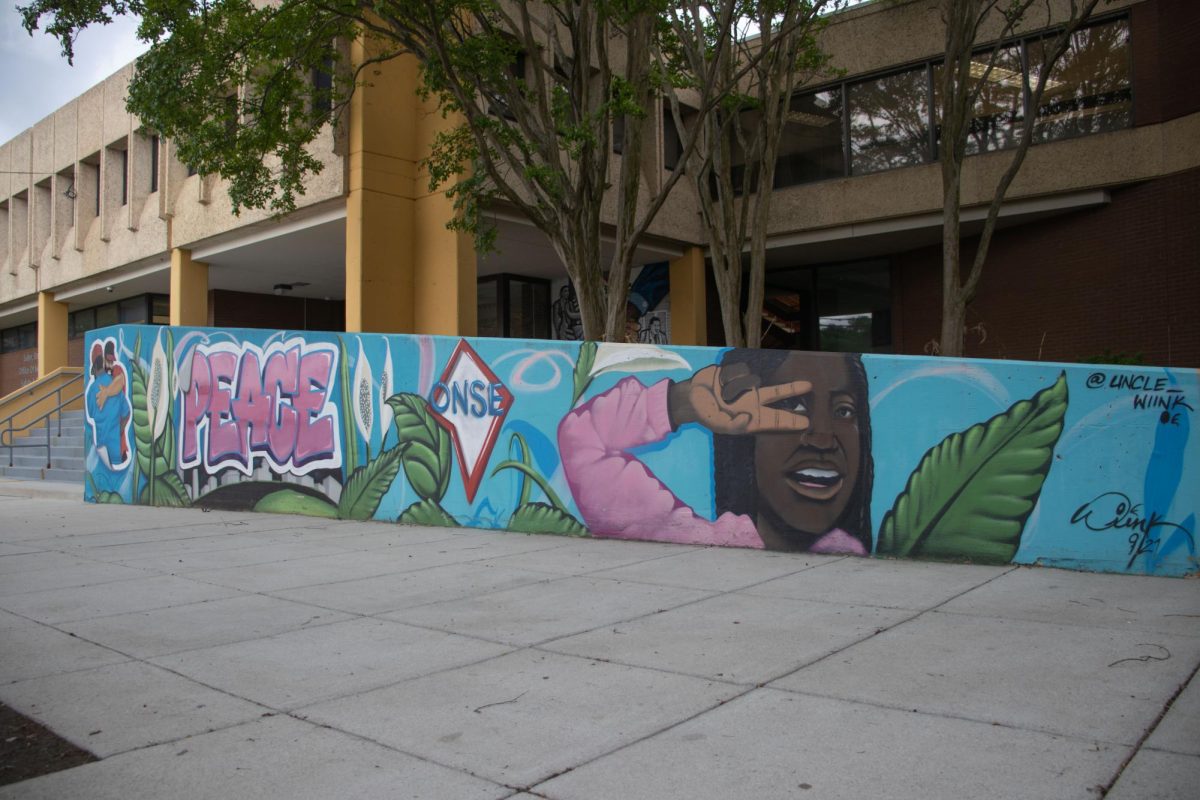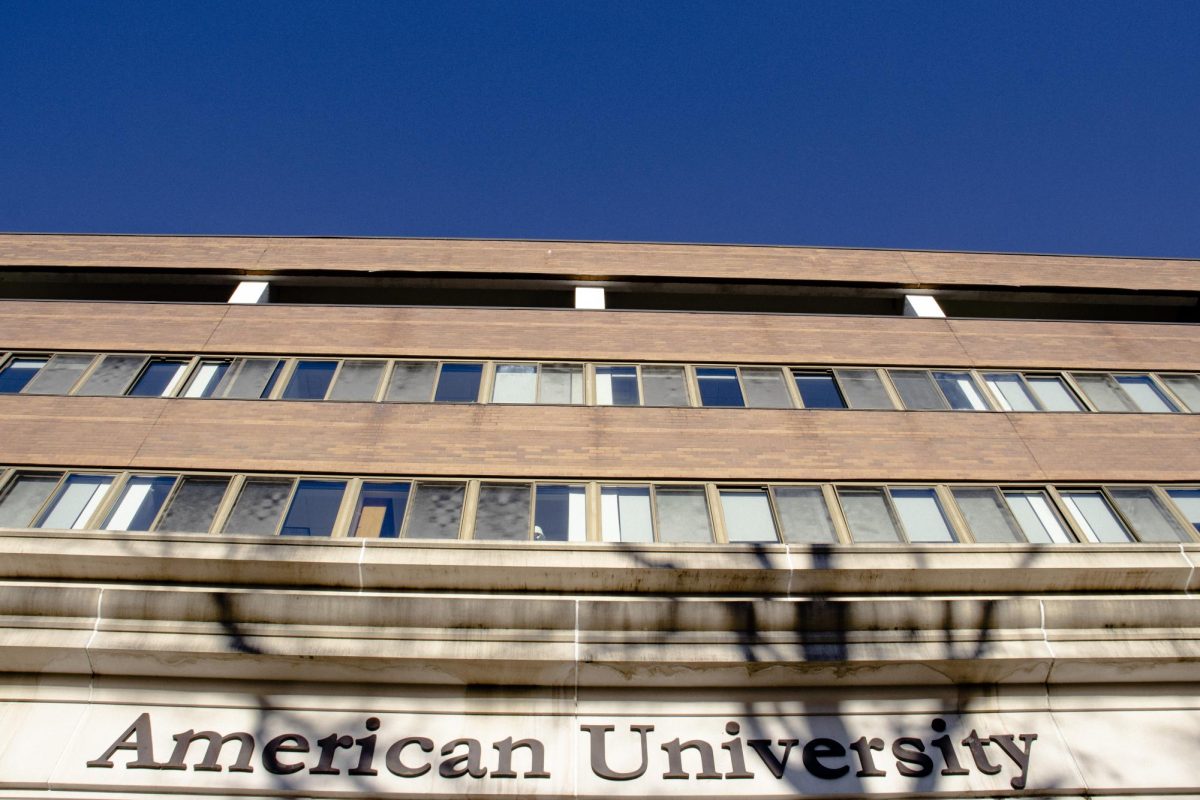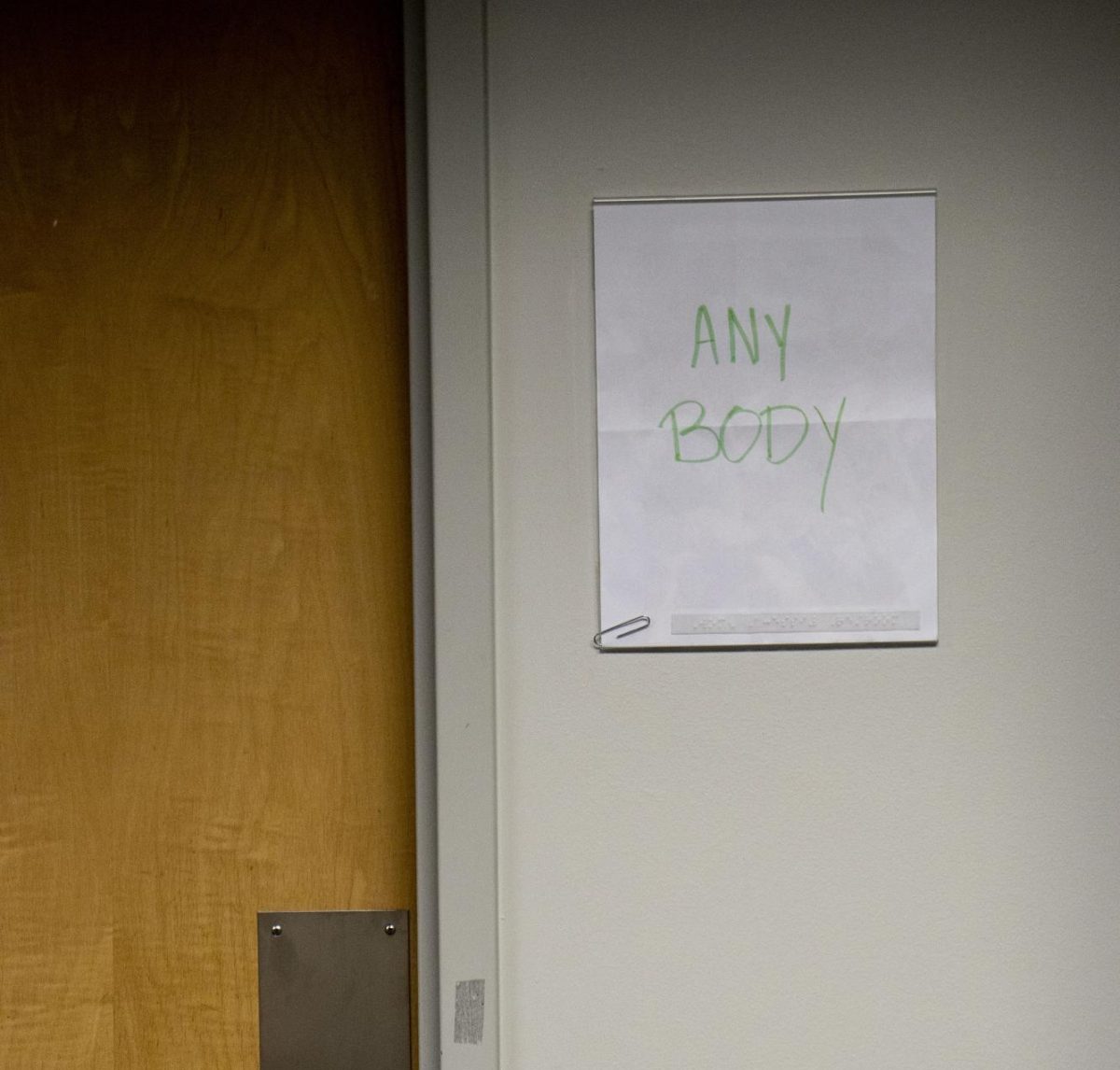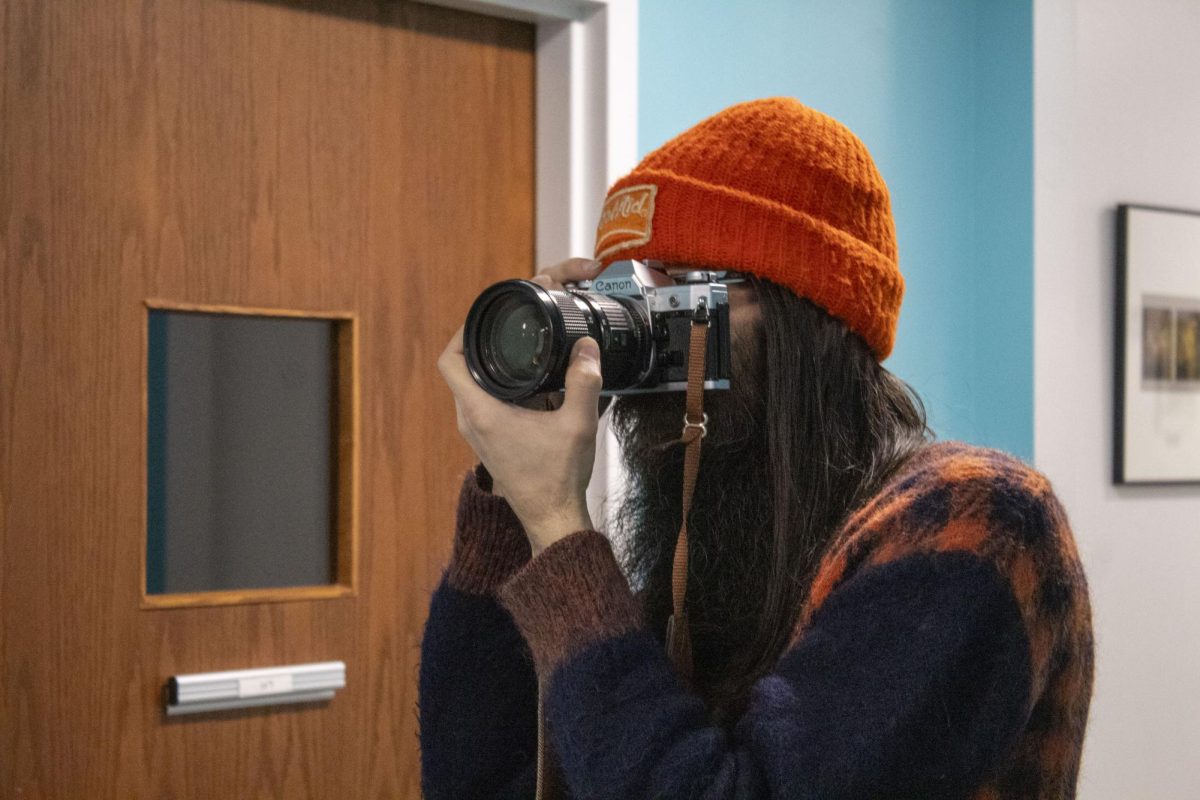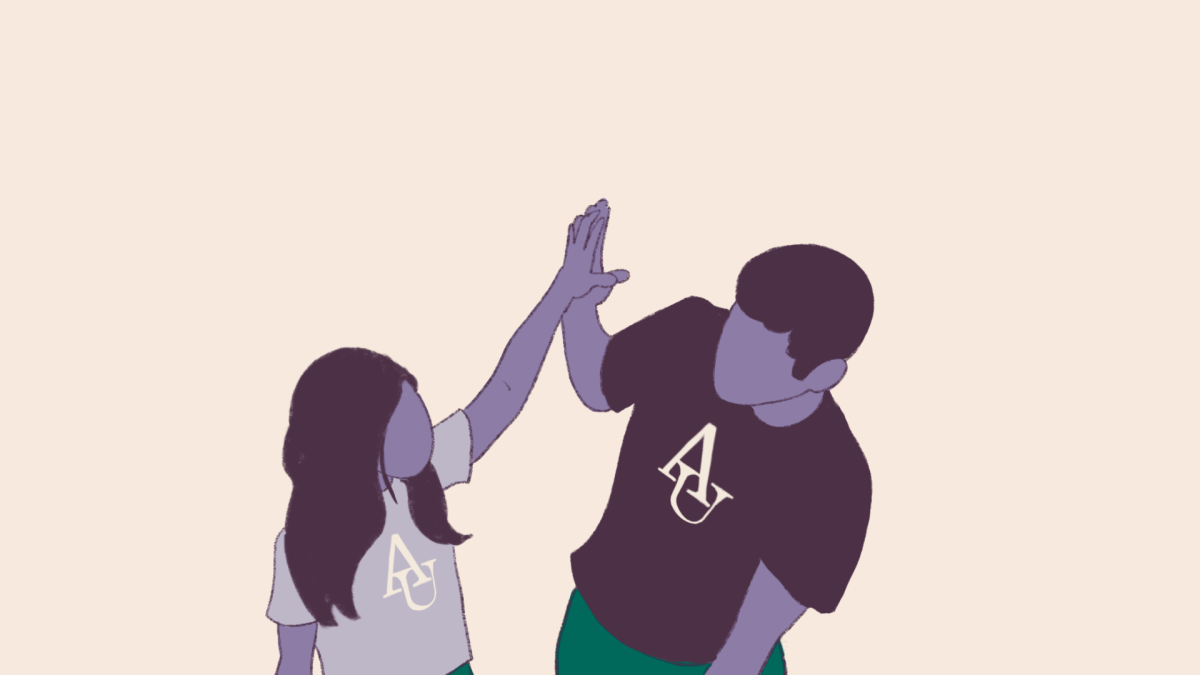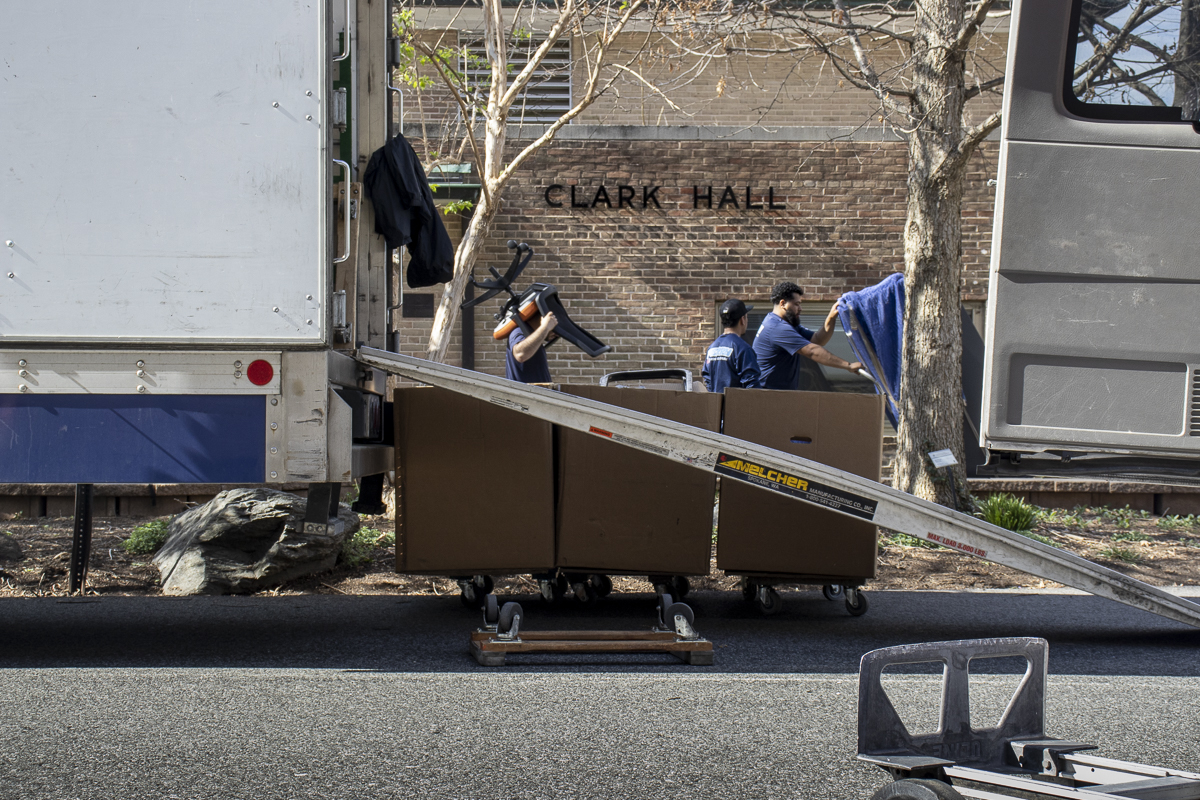Nine faces are painted over an artistic rendition of the capitol building near Judiciary Square. Faceless people line the bottom. They give out food, dance and hold a banner: “Homeless Lives Matter.” Local muralist Rose Jaffe dedicated this mural to the homeless population in Washington in 2016.
“Overall, I think that murals are such an amazing opportunity to tell stories larger than life,” Jaffe said. “And what better way to kind of do that [than] through these big pieces of art? And it’s fantastic if you can actually get the community to be involved in some way, whether it’s through the design process or actually making of the art.”
From the Civil Rights Movement in the 1950s and ‘60s to the height of the Black Lives Matter movement, murals in the nation’s capital have been at the forefront of individual political expression, said Bernard Demczuk, a Washington historian. The medium provides local citizens with an opportunity to engage with their community’s values, traditions and history.
“Murals tell a story,” Demczuk said. “They beautify a space. They educate the public. They honor a locale’s history and culture.”
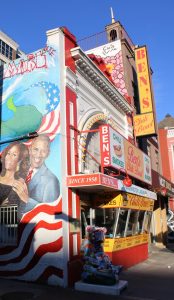

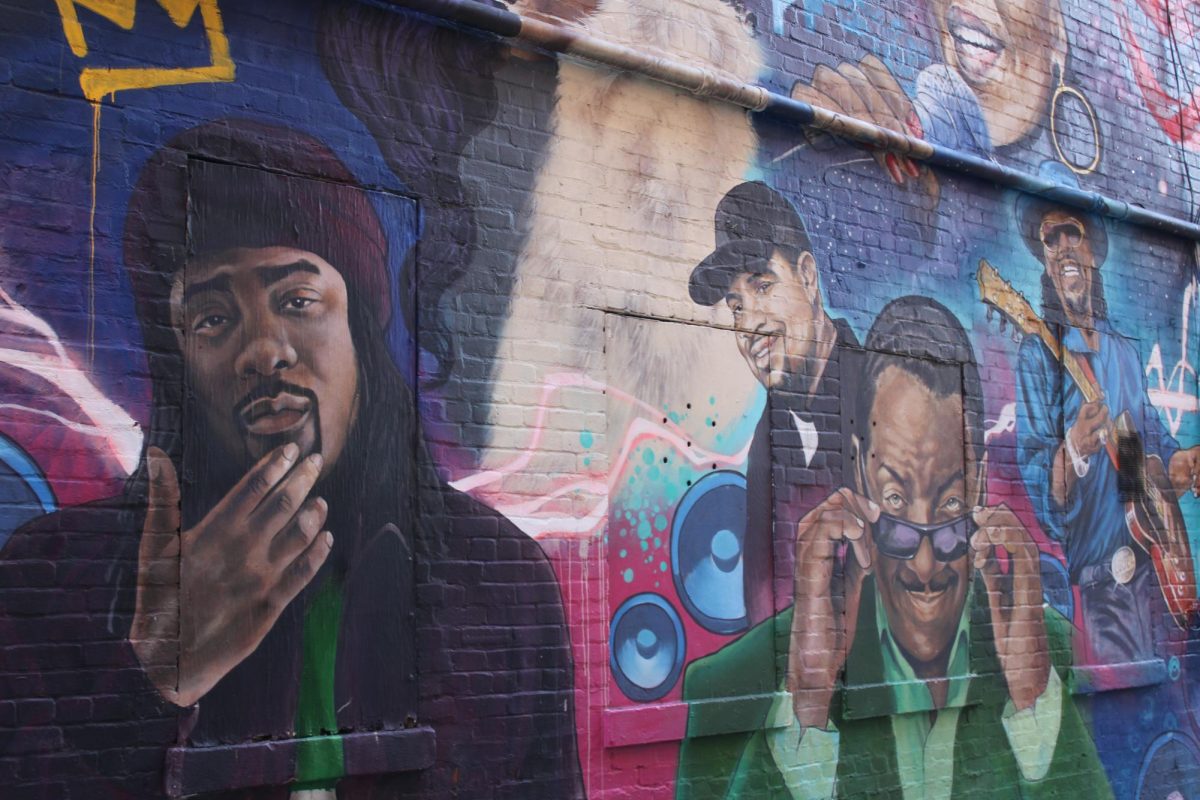
A mural on the side of Ben’s Chili Bowl highlights 22 figures in Black history and pop culture, including Harriet Tubman, Dave Chappelle and Barack and Michelle Obama. Demczuk called the restaurant the center for the Black Liberation movement from the 1950s to ‘70s. When the restaurant’s owners commissioned artist Aniekan Udofia to paint the mural in 2017, they sent out a survey and received 30,000 community suggestions on who to feature, said Demczuk, who serves as the restaurant’s historian, according to the Ben’s Chili Bowl Foundation website.
These types of murals express political and social values that allow residents to engage with each other, Washington-based artist César Maxit said. Maxit paints murals that advocate for advocacy campaigns, including the fight for statehood. He said murals are accessible political speech in public spaces.
“The main thing about murals is that it’s public art,” Maxit said. “It meets people where they are — literally on the street.”

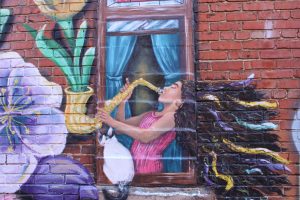
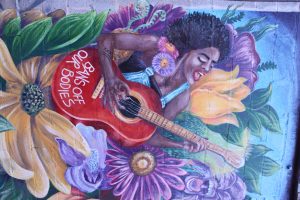

Maxit was one of the artists chosen to contribute to the MuralsDC51 project. For the initiative, Washington Mayor Muriel Bowser commissioned artists to paint 51 murals across the wards, all of which were funded by MuralsDC, according to a 2020 press release from Bowser’s office. MuralsDC, a program under the city’s Department of Public Works that aims to teach Washington youth about artistic expression and eliminate illegal graffiti, has helped produce 89 projects across the district and continues to work with young artists in order to promote community building, according to the program’s website.
The MuralsDC51 projects focused on themes of racial justice, Washington history and district statehood, according to the MuralsDC website. Several of these projects are featured in the “Atlas District Allery” on H Street NE.
Across Maxit’s seven pieces commissioned for the campaign, one has the painted words “Statehood for DC” and a painted por- trait of Josephine Butler, who was a leader in the movement, according to Washington Parks & People. Maxit said art is important in achieving equality, but it can be difficult to take on campaigns that seemingly have no end in sight.
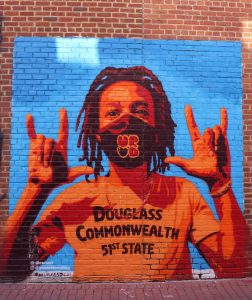

Even so, Maxit said he is determined to keep fighting for these causes through his artwork.
“When I was younger, I did it out of optimism,” Maxit said. “Now it’s more out of habit. But you just have to keep pushing. You can’t win if you stop pushing.”
However, not all murals last forever. Republican Rep. Andrew Clyde of Georgia introduced legislation in March to restrict federal funding for the nation’s capital unless the mayor removed the Black Lives Matter mural on 16th Street. Crews began removing the mural on March 10, according to an Associated Press article. Bowser initially commissioned this mural in 2020 and said the yellow lettering down the street would be a “permanent installation,” according to a 2021 press release from her office.
Artists often return to their works only to find that the building has been destroyed, a new project has been painted over the original or the art has slowly eroded due to weather, Demczuk said. But Jaffe said she remains passionate about the stories her pieces can tell within their limited lifetimes.

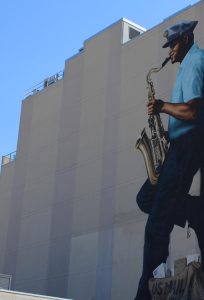
“I try to embrace impermanence and nonattachment when it comes to my pieces because they’re out in public,” Jaffe said. “I hope that they serve their purpose and I understand that they’re not going to last forever and I’m totally fine with that.”
Murals tell a story by beautifying a space, educating the public and honoring a locale’s history and culture, Demczuk said. They serve as a medium for residents to express their commitment to their community in an ongoing process of repainting representation.
“Murals? Well, that’s hope on the wall,” Demczuk said.
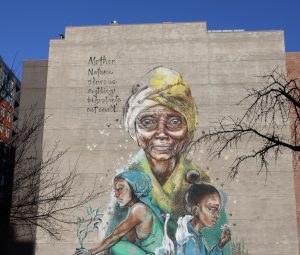

Correction: This article has been updated to include the names of the mural artists in the photo captions. A previous version misattributed the Ben’s Chili Bowl Mural. It was painted by Aniekan Udofia.
This article was originally published in Issue 36 of AWOL’s magazine on April 15, 2025. You can see the rest of the issue here.
Editing by Kalie Walker, Will Sytsma, Ava Ramsdale, Julia Cucchiara, Ben Austin, Bailey Bish, Stella Camerlengo, Caleb Ogilvie, Grace Hagerman and Alexia Partouche.


